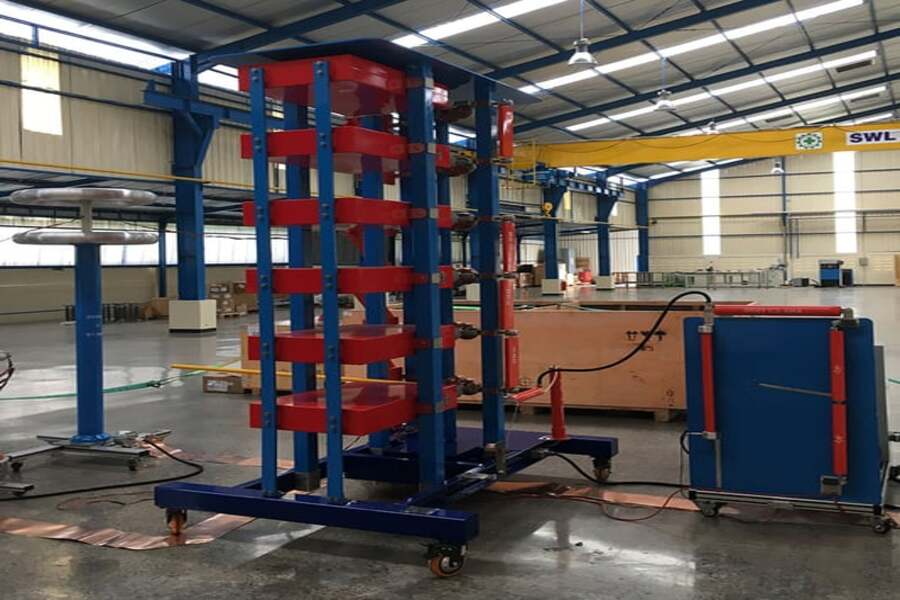In the field of electrical engineering, voltage generators play a crucial role in testing the insulation of various electrical equipment. Two common types of voltage generators are single-stage and multi-stage impulse generators. Understanding the differences between these two types is essential for choosing the right equipment for specific testing requirements.
Single-Stage Impulse Voltage Generators
Single-stage impulse voltage generators are known for their simplicity and cost-effectiveness. They consist of a single impulse stage that generates voltage pulses for testing purposes. These generators are suitable for basic insulation testing applications where a moderate voltage level is required.
Multi-Stage Impulse Voltage Generators
On the other hand, multi-stage impulse voltage generators are designed to deliver higher voltage levels for testing high-voltage equipment. They consist of multiple stages that provide voltage multiplication, allowing for the generation of significantly higher impulse voltages. These generators are ideal for testing equipment that operates at high voltage levels.
Voltage Output
One of the key differences between single-stage and multi-stage impulse voltage generators is the voltage output they can produce. Single-stage generators typically have lower voltage output capabilities compared to multi-stage generators. This difference in voltage output is essential for determining the suitability of the generator for specific testing requirements.
Waveform Characteristics
Another important aspect to consider when comparing single-stage and multi-stage generators is the waveform characteristics of the generated voltage pulses. Multi-stage generators are known for their ability to produce high-quality voltage waveforms with excellent rise times and shapes. In contrast, single-stage generators may exhibit waveform distortions due to their simpler design.
Compactness and Portability
Single-stage impulse voltage generators are often more compact and portable than their multi-stage counterparts. This makes them easier to transport and set up for on-site testing applications. Multi-stage generators, on the other hand, are typically larger and more complex, requiring more space and infrastructure for operation.
Cost Considerations
When it comes to cost, single-stage impulse voltage generators are generally more affordable than multi-stage generators. This makes them a cost-effective choice for simple insulation testing applications with lower voltage requirements. However, for high-voltage testing applications that demand higher voltage levels, the investment in a multi-stage generator may be necessary.
Applications
Single-stage impulse voltage generators are commonly used for testing electrical cables, motors, transformers, and other low-to-medium voltage equipment. Their simplicity and affordability make them a popular choice for routine insulation testing in various industrial settings. In contrast, multi-stage generators are essential for testing high-voltage equipment such as power transformers, switchgear, and transmission lines.
Performance and Accuracy
Multi-stage impulse voltage generators are known for their superior performance and accuracy in delivering precise voltage pulses for testing purposes. The voltage multiplication provided by multiple stages ensures that the generated impulses meet the required test standards with high reliability. Single-stage generators may not offer the same level of precision and repeatability in voltage output.
Advancements in Technology
With advancements in technology, both single-stage and multi-stage impulse voltage generators have seen improvements in terms of efficiency, reliability, and safety features. Modern generators are equipped with advanced control systems, monitoring capabilities, and safety interlocks to ensure optimal performance and protection during testing operations.
Choosing the Right Generator
Ultimately, the choice between a single-stage and multi-stage impulse voltage generator depends on the specific testing requirements, voltage levels, waveform quality, budget constraints, and portability needs. It is essential to consider these factors carefully and consult with experts in the field to determine the most suitable generator for the intended testing applications.

